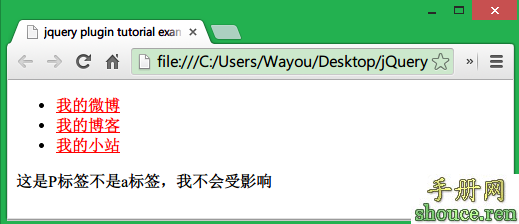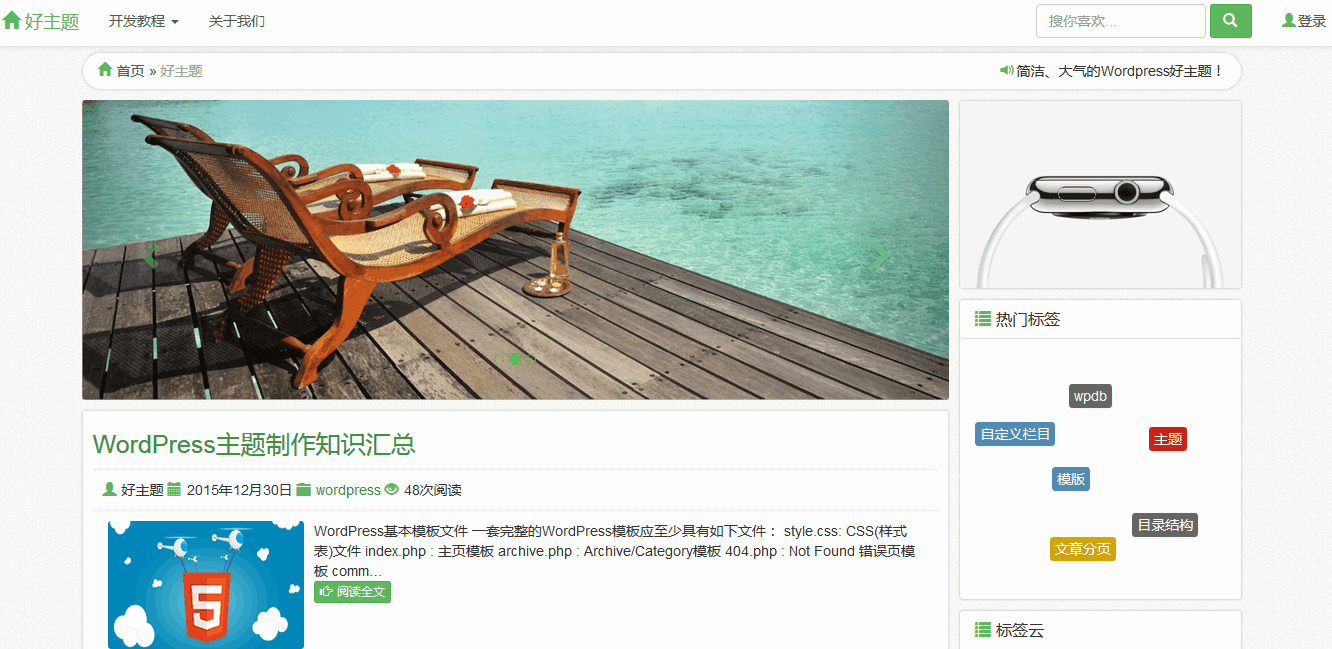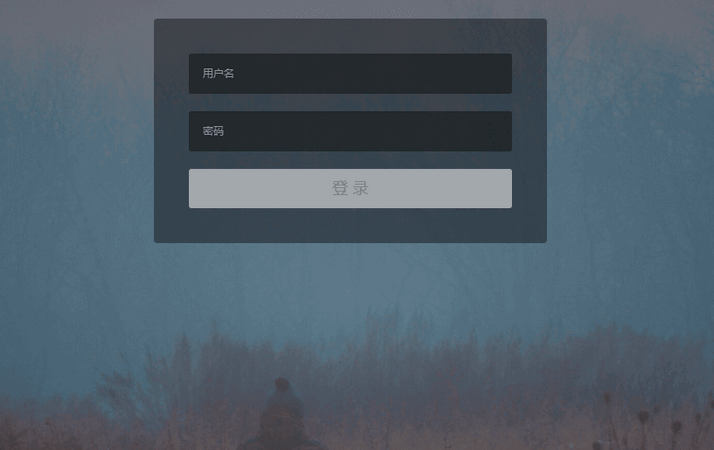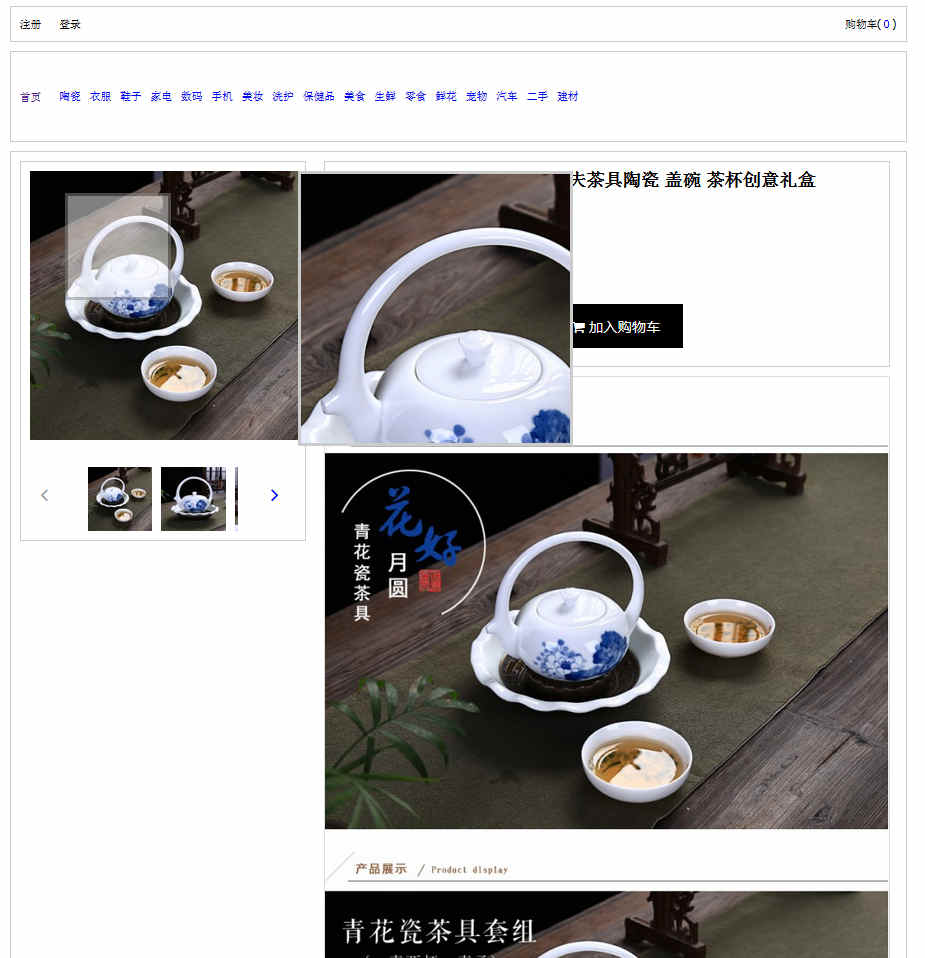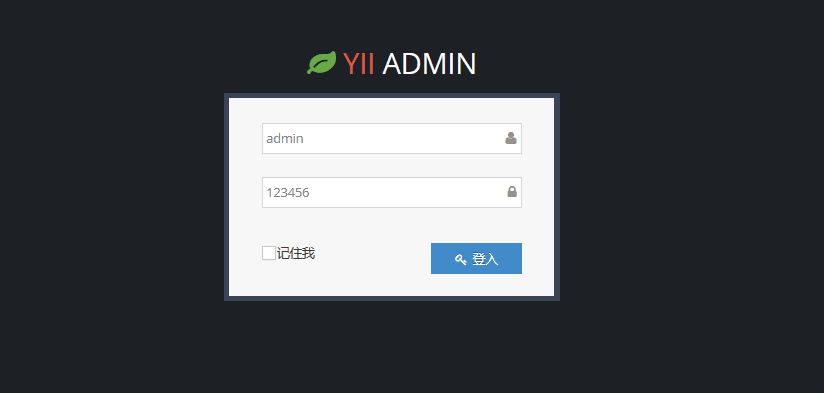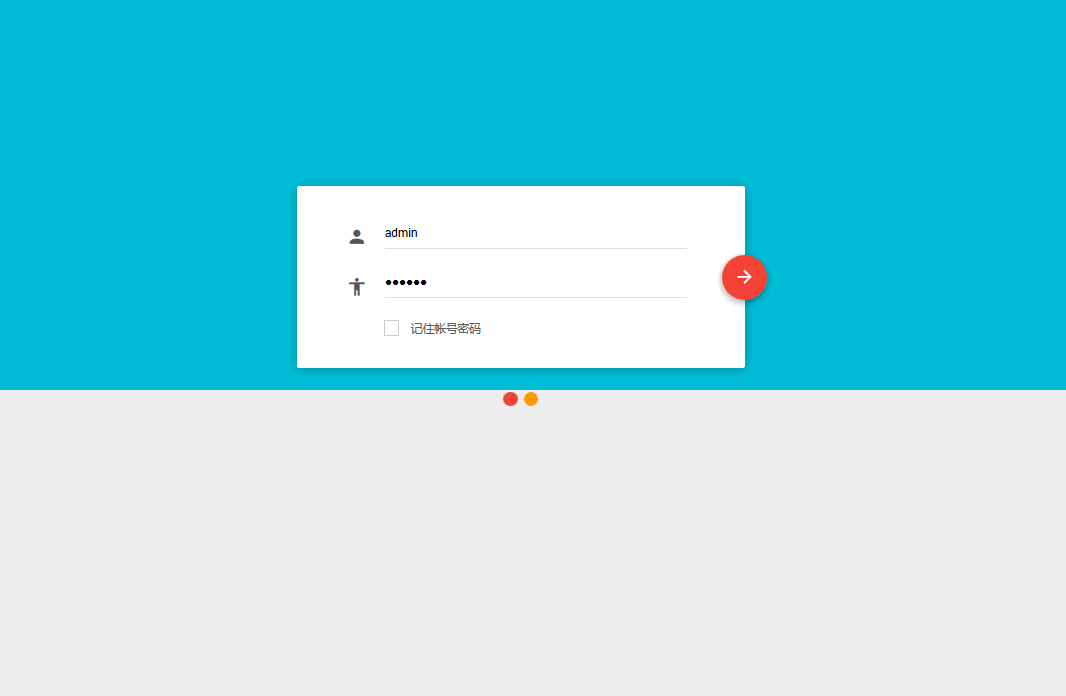Android RoboGuice2 使用指南(4): 综合示例Astroboy
前面介紹了RogoGuice2.0的基本用法,其它使用可以參見RoboGuice1.1開發指南,2.0中提供了對Fragment,View(自定義View中使用注入)的支持,本博客不再一一介紹。
本例使用的是RoboGuice 開發包中的簡單示例Astroboy(阿童木)。涉及的使用RoboGuice2.0 的一些常用方法。
本例下載(Eclipse項目)。
下面對項目中RoboGuice2的使用進行解釋。因為本例沒使用自定義綁定,所以無需使用res/values/roboguice.xml 定義Module. 如有自定義模塊,可以參見Android RoboGuice2 使用指南(2): 第一個例子Hello World。
1. 類Astroboy
- // There's only one Astroboy, so make it a @Singleton.
- // This means that there will be only one instance of Astroboy in the entire
- // app.
- // Any class that requires an instance of Astroboy will get the same instance.
- // This also means this class needs to be thread safe, of course
- @Singleton
- public class Astroboy {
- // Because Astroboy is a Singleton, we can't directly inject the current
- // Context since the current context may change depending on what activity
- // is using Astroboy
- // at the time. Instead we use the application context.
- // Vibrator is bound to context.getSystemService(VIBRATOR_SERVICE) in
- // DefaultRoboModule.
- // Random has no special bindings, so Guice will create a new instance for
- // us.
- @Inject Application application;
- @Inject Vibrator vibrator;
- @Inject Random random;
- public void say(String something) {
- // Make a Toast, using the current context as returned by the Context
- // Provider
- Toast.makeText(application, "Astroboy says, \"" + something + "\"",
- Toast.LENGTH_LONG).show();
- }
- public void brushTeeth() {
- vibrator.vibrate(
- new long[] { 0, 200, 50, 200, 50, 200, 50, 200, 50, 200, 50,
- 200, 50, 200, 50, 200, 50, 200, 50, 200, 50, 200, 50, },
- -1);
- }
- public String punch() {
- final String expletives[] = new String[] { "POW!", "BANG!", "KERPOW!",
- "OOF!" };
- return expletives[random.nextInt(expletives.length)];
- }
- }
程序中只希望使用一個Astroboy實例,因此可以使用@Singleton標註,此後任何使用
@Inject Astroboy astroboy;
注入的Astroboy都會指向同一個實例,這也是符合Singleton設計模式的。
@Inject Application application; 注入Application實例。參見Android RoboGuice 使用指南(15):Inject Context
@Inject Vibrator vibrator; 注入Android Vibrator實例,參見Android RoboGuice 使用指南(16):Standard Injection
@Inject Random random; 對於普通的Java 類型(POJO),如果該類具有預設構造函數(不帶參數的等),也可以使用RoboGuice自動注入實例。
因此當Astroboy創建時,RoboGuice 自動為application, vibrator, random 創建實例,無需使用new 或參數傳入來構造它們。
2. 類AstroboyRemoteControl
- /**
- * A class to control Astroboy remotely.
- *
- * This class uses the current context, so we must make it @ContextSingleton.
- * This means that there will be one AstroboyRemoteControl for every activity or
- * service that requires one. Note that we actually ask for the Activity, rather
- * than the Context (which is the same thing), because we need access to some
- * activity-related methods and this saves us from having to downcast to an
- * Activity manually.
- *
- * It also asks RoboGuice to inject the Astroboy instance so we can control him.
- *
- * What you'll learn in this class - What @ContextScope means and when to use it
- * - How to inject an Activity instead of a Context (which is really the same
- * thing) - How to use RoboGuice's convenient and flexible logging facility, Ln.
- */
- @ContextSingleton
- public class AstroboyRemoteControl {
- // The Astroboy class has been decorated with @Singleton, so this instance
- // of Astroboy will be the same instance used elsewhere in our app.
- // Injecting an Activity is basically equivalent to "@Inject Context context",
- // and thus also requires @ContextScope. If you wanted, you could also
- // @Inject Application, Service, etc. wherever appropriate.
- @Inject Astroboy astroboy;
- @Inject Activity activity;
- public void brushTeeth() {
- // More info about logging available here:
- // http://code.google.com/p/roboguice/wiki/Logging
- Ln.d("Sent brushTeeth command to Astroboy");
- astroboy.brushTeeth();
- }
- public void say(String something) {
- Ln.d("Sent say(%s) command to Astroboy", something);
- astroboy.say(something);
- }
- public void selfDestruct() {
- Toast.makeText(
- activity,
- "Your evil remote control has exploded! Now Astroboy is FREEEEEEEEEE!",
- Toast.LENGTH_LONG).show();
- activity.finish();
- }
- }
與Singleton類似的一個Scope標註為@ContextSingleton ,它表示對於每個Activity實例有一個實例,不同的activity對應不同的實例。
@Inject Astroboy astroboy; 注入同一個Astroboy實例(Singleton)。
@Inject Astroboy astroboy; 注入對應的Activity實例。
3. 類AstroboyMasterConsole
- /**
- * This activity uses an AstroboyRemoteControl to control Astroboy remotely!
- *
- * What you'll learn in this class: - How to use @InjectView as a typesafe
- * version of findViewById() - How to inject plain old java objects as well
- * (POJOs) - When injection happens - Some basics about injection, including
- * when injection results in a call to an object's default constructor, versus
- * when it does something "special" like call getSystemService()
- */
- @ContentView(R.layout.main)
- public class AstroboyMasterConsole extends RoboActivity {
- // Various views that we inject into the activity.
- // Equivalent to calling findViewById() in your onCreate(), except more
- // succinct
- @InjectView(R.id.self_destruct) Button selfDestructButton;
- @InjectView(R.id.say_text) EditText sayText;
- @InjectView(R.id.brush_teeth) Button brushTeethButton;
- @InjectView(tag = "fightevil") Button fightEvilButton; // we can also use tags if we want
- // Standard Guice injection of Plain Old Java Objects (POJOs)
- // Guice will find or create the appropriate instance of AstroboyRemoteControl for us
- // Since we haven't specified a special binding for AstroboyRemoteControl,
- // Guice will create a new instance for us using AstroboyRemoteControl's default constructor.
- // Contrast this with Vibrator, which is an Android service that is
- // pre-bound by RoboGuice.
- // Injecting a Vibrator will return a new instance of a Vibrator obtained by
- // calling
- // context.getSystemService(VIBRATOR_SERVICE). This is configured in
- // DefaultRoboModule, which is
- // used by default to configure every RoboGuice injector.
- @Inject AstroboyRemoteControl remoteControl;
- @Inject Vibrator vibrator;
- @Override
- public void onCreate(Bundle savedInstanceState) {
- super.onCreate(savedInstanceState); // @Inject, @InjectResource, and
- // @InjectExtra injection happens
- // during super.onCreate()
- sayText.setOnEditorActionListener(new OnEditorActionListener() {
- public boolean onEditorAction(TextView textView, int i,
- KeyEvent keyEvent) {
- // Have the remoteControl tell Astroboy to say something
- remoteControl.say(textView.getText().toString());
- textView.setText(null);
- return true;
- }
- });
- brushTeethButton.setOnClickListener(new OnClickListener() {
- public void onClick(View view) {
- remoteControl.brushTeeth();
- }
- });
- selfDestructButton.setOnClickListener(new OnClickListener() {
- public void onClick(View view) {
- // Self destruct the remoteControl
- vibrator.vibrate(2000);
- remoteControl.selfDestruct();
- }
- });
- // Fighting the forces of evil deserves its own activity
- fightEvilButton.setOnClickListener(new OnClickListener() {
- public void onClick(View view) {
- startActivity(new Intent(AstroboyMasterConsole.this,
- FightForcesOfEvilActivity.class));
- }
- });
- }
- }
AstroboyMasterConsole 為主Activity,要使用RoboGuice,則Activity需從RoboActivity派生,其它如Service,Fragment等可以參見Android RoboGuice 使用指南(13):RoboGuice 功能描述。
@InjectView(R.id.self_destruct) Button selfDestructButton; 注入View實例,功能同findViewById。 它的另外一種方法是使用Tag,如
@InjectView(tag = “fightevil”) Button fightEvilButton ,功能一樣。
這個類使用@ContentView(R.layout.main) 為Activity指明ContentView,無需再調用setContentView.
4. 類FightForcesOfEvilActivity
- /**
- * Things you'll learn in this class: - How to inject Resources - How to use
- * RoboAsyncTask to do background tasks with injection - What it means to be a @Singleton
- */
- public class FightForcesOfEvilActivity extends RoboActivity {
- @InjectView(R.id.expletive) TextView expletiveText;
- // You can also inject resources such as Strings, Drawables, and Animations
- @InjectResource(R.anim.expletive_animation) Animation expletiveAnimation;
- // AstroboyRemoteControl is annotated as @ContextSingleton, so the instance
- // we get in FightForcesOfEvilActivity will be a different instance than
- // the one we got in AstroboyMasterConsole
- // @Inject AstroboyRemoteControl remoteControl;
- @Override
- protected void onCreate(Bundle savedInstanceState) {
- super.onCreate(savedInstanceState);
- setContentView(R.layout.fight_evil);
- expletiveText.setAnimation(expletiveAnimation);
- expletiveAnimation.start();
- // Throw some punches
- for (int i = 0; i < 10; ++i)
- new AsyncPunch(this) {
- @Override
- protected void onSuccess(String expletive) throws Exception {
- expletiveText.setText(expletive);
- }
- // We could also override onException() and onFinally() if we
- // wanted
- }.execute();
- }
- // This class will call Astroboy.punch() in the background
- public static class AsyncPunch extends RoboAsyncTask<String> {
- // Because Astroboy is a @Singleton, this will be the same
- // instance that we inject elsewhere in our app.
- // Random of course will be a new instance of java.util.Random, since
- // we haven't specified any special binding instructions anywhere
- @Inject Astroboy astroboy;
- @Inject Random random;
- public AsyncPunch(Context context) {
- super(context);
- }
- public String call() throws Exception {
- Thread.sleep(random.nextInt(5 * 1000));
- return astroboy.punch();
- }
- }
- }
@InjectResource(R.anim.expletive_animation) Animation expletiveAnimation; 注入資源,可以參見Android RoboGuice 使用指南(18):Inject Resources。
從代碼中可以看出使用RoboGuice 注入可以簡化程序,運行結果如下圖:

- 没有章节



